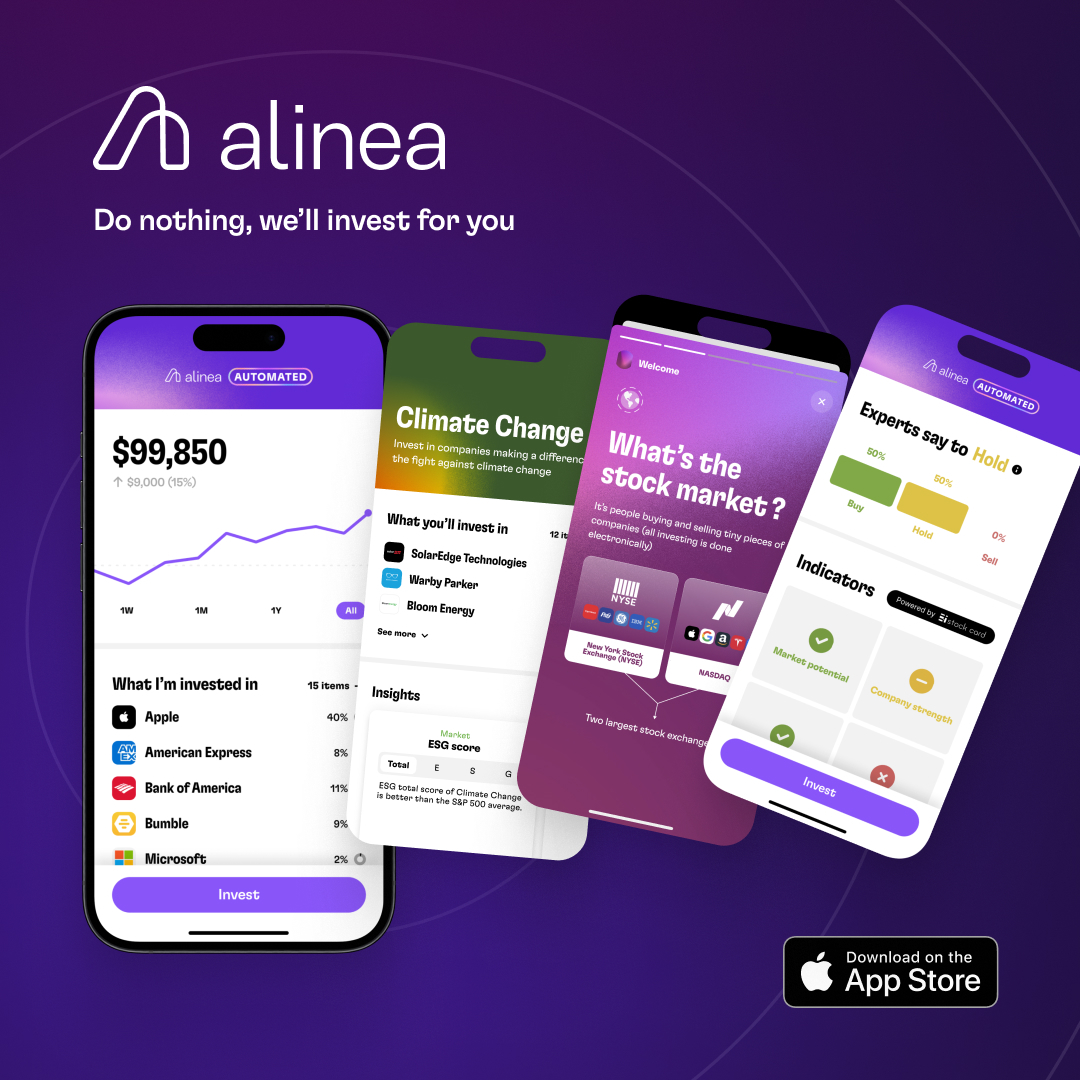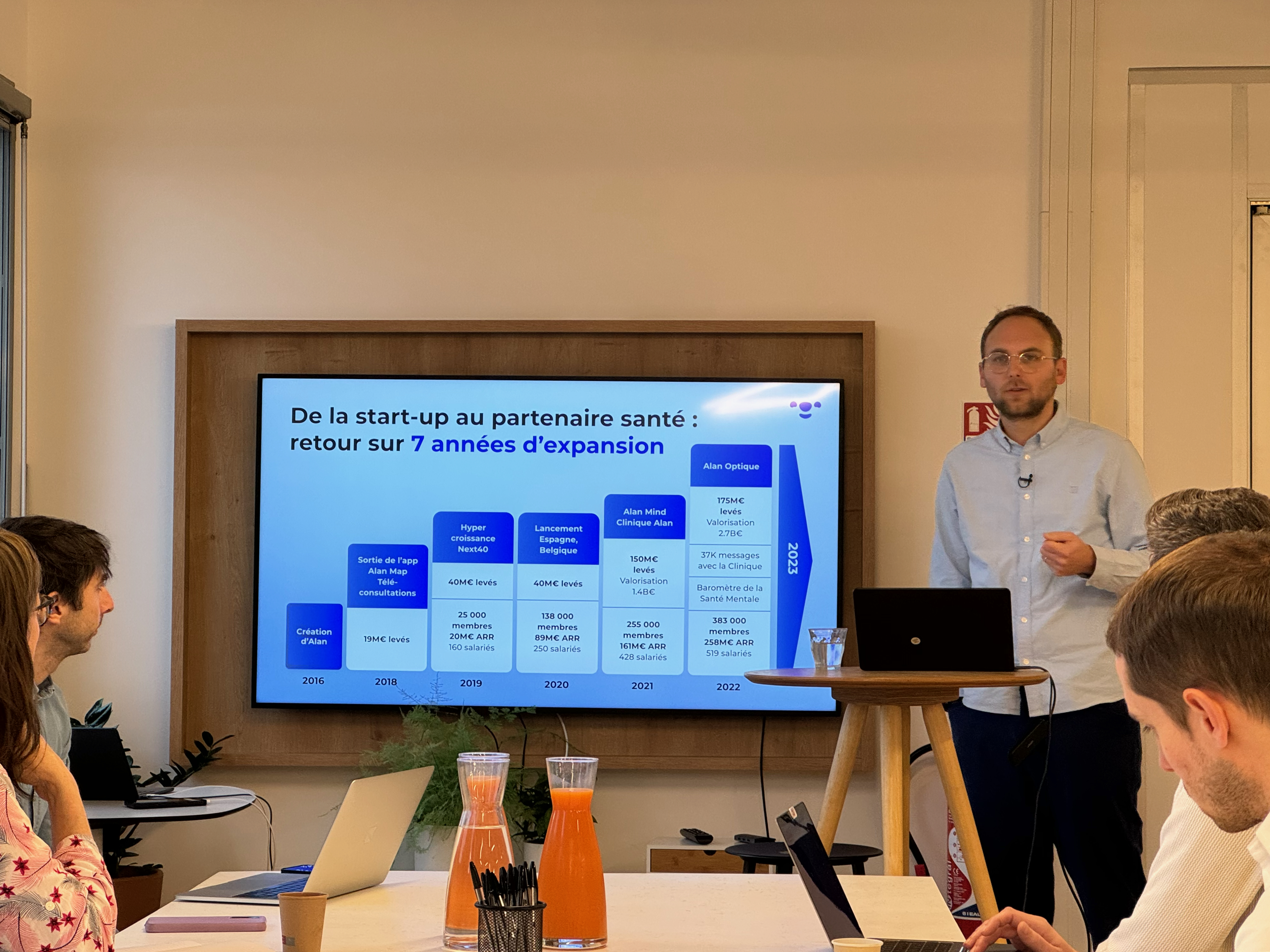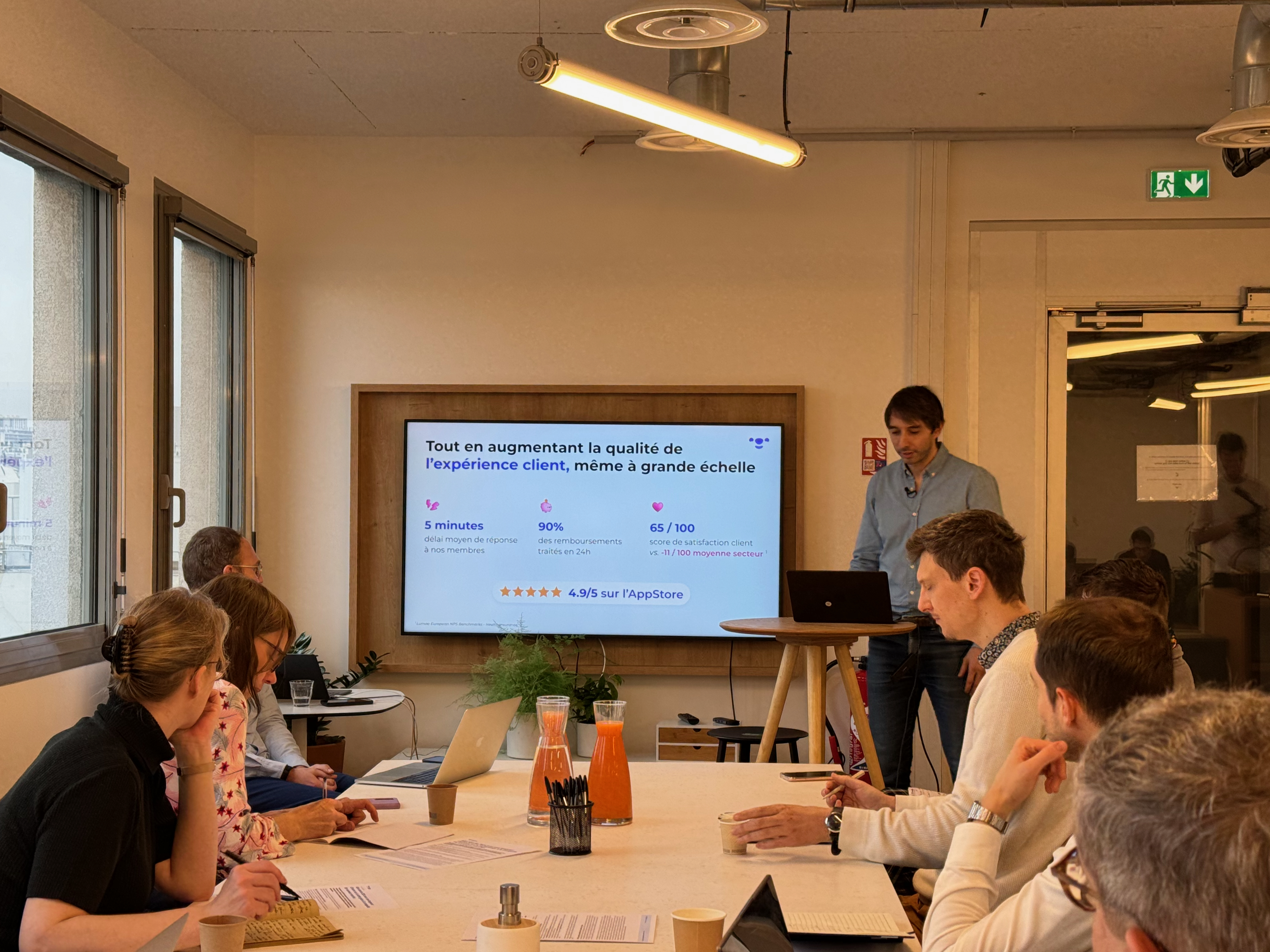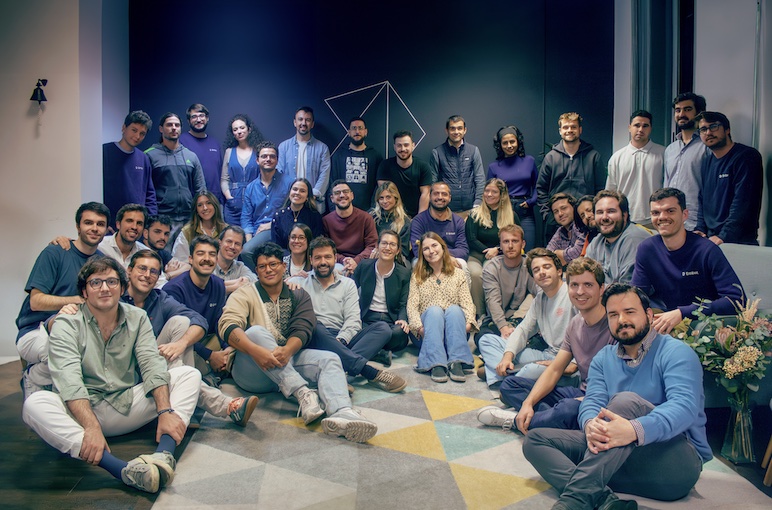
Running a small business means doing more with less. AI agents can help, but building custom agents for specific workflows remains challenging, even with today’s low-code/no-code tools. The idea behind Enso — which came out of stealth by announcing a $6 million seed funding round Tuesday — is to give small and medium-sized businesses (SMBs) access to a wide range of preprogrammed AI agents that can handle repetitive tasks.
Founded by Mickey Haslavsky, the co-founder of API development platform RapidAPI, Enso offers industry-specific agents that promise to help customers do anything from managing their search engine optimization efforts to engaging with their Instagram followers, tracking competitors, writing newsletters, managing invoices and optimizing their Amazon stores. Enso pretrains and customizes these agents for about 70 different industries, from accountants to car dealerships, offering more than 1,000 bots in total.

Haslavsky told TechCrunch that his inspiration for Enso came from his parents, who ran a small music production company and a secondary school. He pointed out that, similar to his earlier venture RapidAPI, Enso is also fundamentally centered around integrations.
“When I started getting into this AI agent space, I realized that, one, if that works, it can bridge the gap [between small and large businesses] because it can be serviceable, because it can give services to smaller businesses on top of other software, and that’s where the integrations come in,” he said. “Second, I realized it doesn’t work. Because you try AI agents today, they’re pretty broken. Three, I realized that, from a business perspective this is just huge, because most of the services that can now be automated cost — as an alternative, if you’re going to an agency — $1,000 a month.”
A lot of the bots that Enso currently offers aim to combine the predictability of traditional workflow automation services, which are dependable but need step-by-step scripting, with the creativity of large language models (LLMs). Haslavsky explained that these bots tend to follow a set sequence of tasks to run a business’ Instagram account, for example. The LLM handles the copy and design, but that workflow is predefined and there is also a traditional scheduler, for example.

Often, that involves calling on multiple services. Enso offers a podcast agent, for example, that can automatically script podcasts and that then uses ElevenLabs for the text-to-speech part, a music service for the intro and outro, as well as a video service for creating a visual version.
One thing that’s different here is that Enso is taking an à la carte approach where access to every agent costs somewhere between $29 to $79 per month. Haslavsky told me that he decided on this model because most SMBs are constrained on budget and because he wanted to make it extremely easy to buy for them.
The question, of course, is how well those bots work in a real-world scenario — and whether businesses are even willing to turn over some of these functions to AI agents. Typically, there is a human in the loop for things like the podcast and newsletter agents, for example, but if the results are just middling and involve a lot of work to polish them into a product that a business owner would be willing to publish, then a $59+/month subscription (or even multiple subscriptions) may be hard to justify. It might be an easier sell for agents that create reports or manage the SEO voodoo that helps businesses rank better on Google — nobody expects authenticity from those, after all.
In the future, Enso may also offer a marketplace for third-party agents. The team is currently working on low-code/no-code visual tools for building those — but for now they are still focused on the foundational integrations to make that happen.
The company’s $6 million seed round was led by NFX, with participation from a number of angel investors, including Yossi Matias, the head of Google Research, and Shmil Levy, a former GP at Sequoia Capital.
“Small businesses are the backbone of our economy, yet they have passed by the AI revolution,” said Gigi Levy-Weiss, partner at NFX Ventures. “While larger businesses speed by leveraging AI to maximize productivity gains, small businesses struggle to perform the most basic of administrative tasks. Enso is one of the first companies recognizing this need and putting enterprise-grade AI in the hands of emerging companies, democratizing AI by providing access and scalability. We are thrilled to support Enso as it transforms the business landscape and empowers traditional businesses to thrive.”










